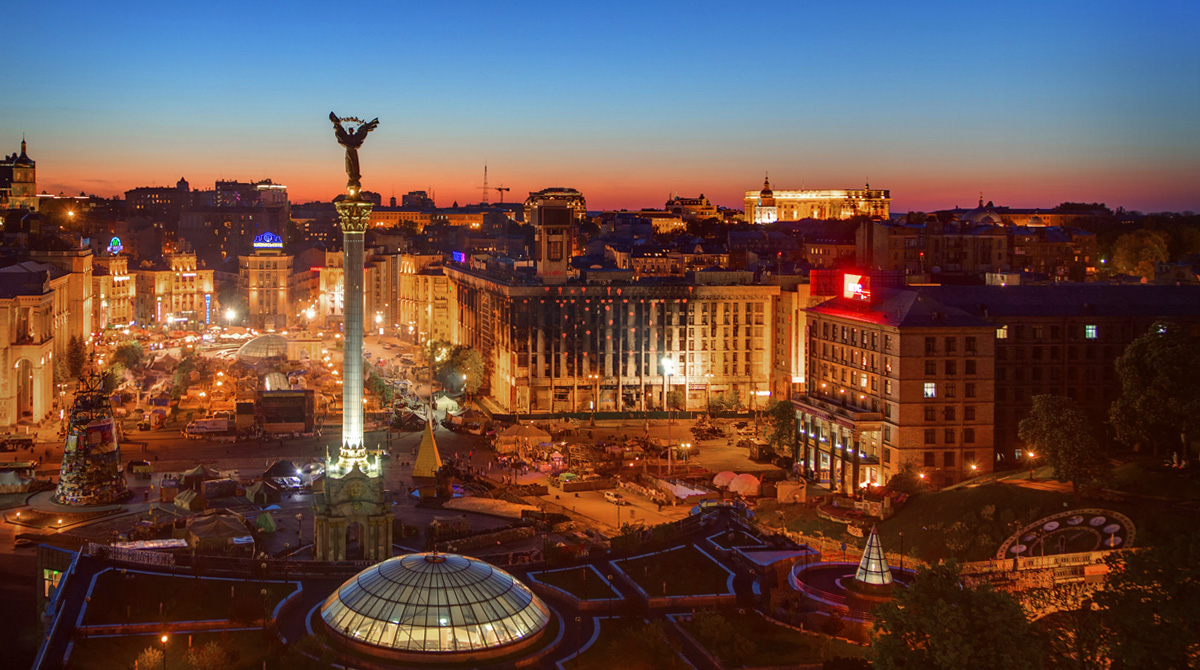A Journey to Ukraine
Blue and yellow. Such simple colors, yet they can be representative of so much more. For many Ukrainians today, blue and yellow are more than just colors on a flag. They are an identity, and a symbol to stand behind.
It has been several months since the protesters now known as the "Heavenly Hundred" were picked off by snipers in Kyiv's Independence Square, and Ukraine's corrupt president was ousted. Life in Kyiv has since returned to normal, and the country's newly voted president will be inaugurated next week. Nonetheless, Ukraine isn't high on many people's lists of vacation spots. But for me, it was a trip I needed to make.
My journey to Ukraine was not just to see the beautiful sights of Kyiv, but to visit a little railroad with a lot of history. Built by the Soviet military in 1927, the line connected the city of Ovruch in the west, to Chernihiv in the east, crossing the Pripyat, Dneiper, and Desna Rivers, and traversing a small portion of Belarus. The territory between the two cities was not especially valuable, nor heavily populated - yet railroad access could be useful from a military perspective, as railroads were considered the cheapest way to transport both soldiers and equipment.
By the late 1960s, however, the little line proved its usefulness. The search was on for a site to build a nuclear power plant in the Ukrainian Soviet Socialist Republic, and the ideal site would be close (but not too close) to Kyiv, be easily accessible by transportation, and near a source of water for cooling purposes. Around sixteen sites were investigated as potential candidates, and one about 100 kilometers north of Kyiv fit the bill perfectly - the rail link provided reliable train service, and the nearby Pripyat River provided cooling water. Not far from Yaniv station and just north of the railroad tracks, a city named Pripyat was constructed for the plant workers to live. The plant itself was built south of the railroad tracks. Originally named the Vladimir Ilyich Lenin Nuclear Power Station, the world is more familiar with it by another name - Chernobyl.

